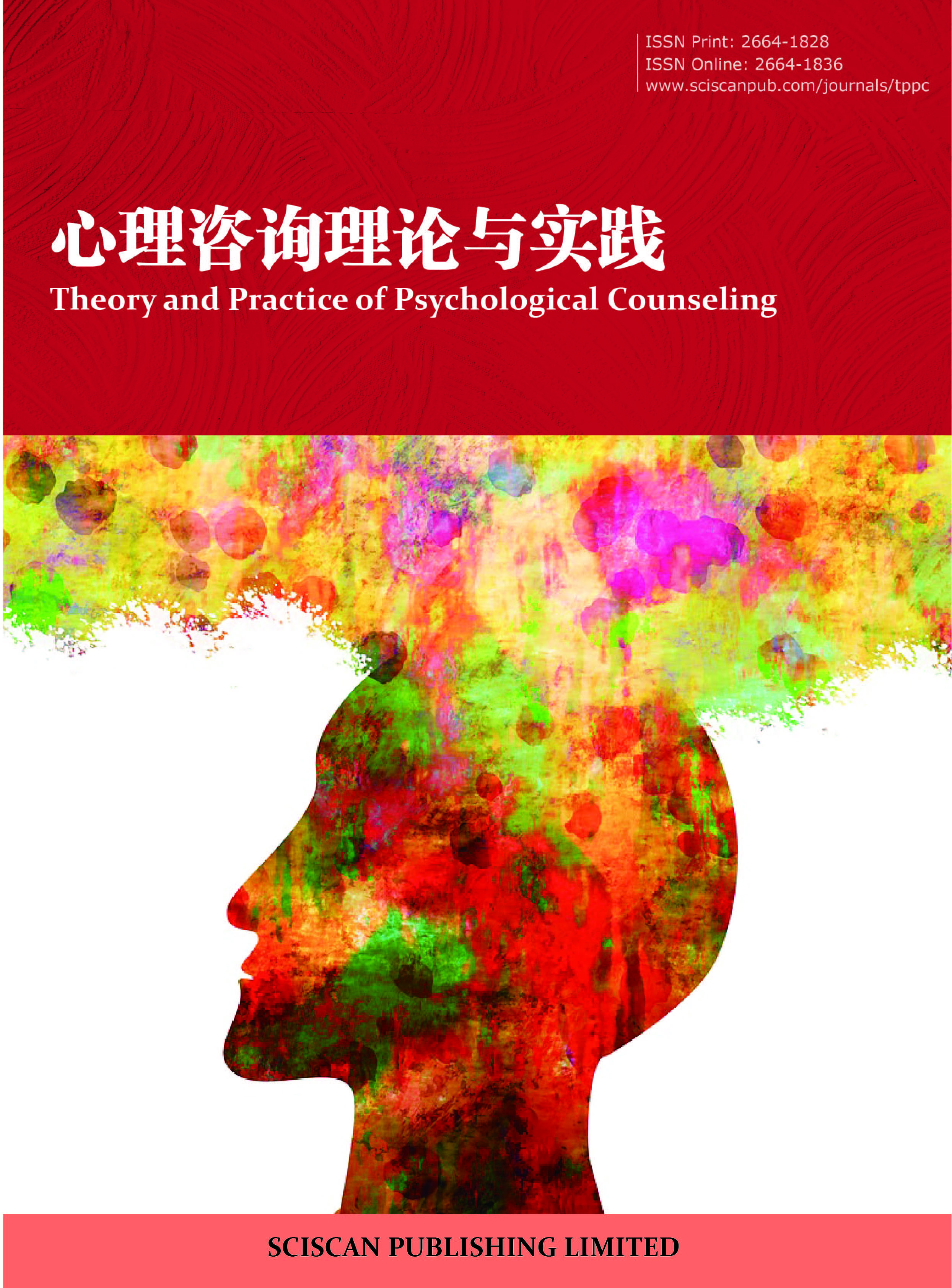Theory and Practice of Psychological Counseling
ISSN Print: 2664-1828
ISSN Online: 2664-1836
Contact Editorial Office
Subscribe to the latest published information from SCISCAN
放松与心理治疗设置
Relaxation and Therapeutic Settings
- Authors: 赵丞智
-
Information:
北京曼陀海斯心理咨询中心,北京
- Keywords: 范式;放松;治疗设置;精神分析;心理治疗;温尼科特
- Paradigm; Relaxation; Therapeutic settings; Psychoanalysis; Psychotherapy; Winnicott
- Abstract: 在临床实践中,尤其是治疗的早期阶段,治疗师最常遇到的一个问题是病人感到紧张和无法放松。在采用分析性治疗技术之前,治疗设置中应首先考虑放松的问题,并进行相应的调适。本文试图从弗洛伊德精神分析范式和温尼科特精神分析范式的视角,分别探讨治疗设置与满足病人放松需求之间的关系。进而,本文基于温尼科特的治疗设置理论,结合临床案例材料,帮助治疗师构思、调整并实践治疗技术,促进病人发展出放松的能力并实现进一步的持续发展。
- In clinical practice, one of the most common issues encountered by therapists is the patient’s tension and inability to relax, particularly during the early stages of therapy. Before applying analytic therapeutic techniques, this issue of relaxation must first be considered, adapted to, and addressed within the therapeutic settings. This article aims to explore the relationship between the therapeutic settings and the patient’s need for relaxation from the perspectives of Freud’s psychoanalytic paradigm and Winnicott’s psychoanalytic paradigm. The focus of this article is on how, under the theoretical guidance of Winnicott’s concepts regarding the therapeutic settings and the illustration of a clinical case, therapists can conceptualize and implement adjustments to therapeutic techniques. This is intended to help patients develop the ability to relax and further their personal growth.
- DOI: https://doi.org/10.35534/tppc.0703009
- Cite: 赵丞智.放松与心理治疗设置[J].心理咨询理论与实践,2025,7(3):73-81.














